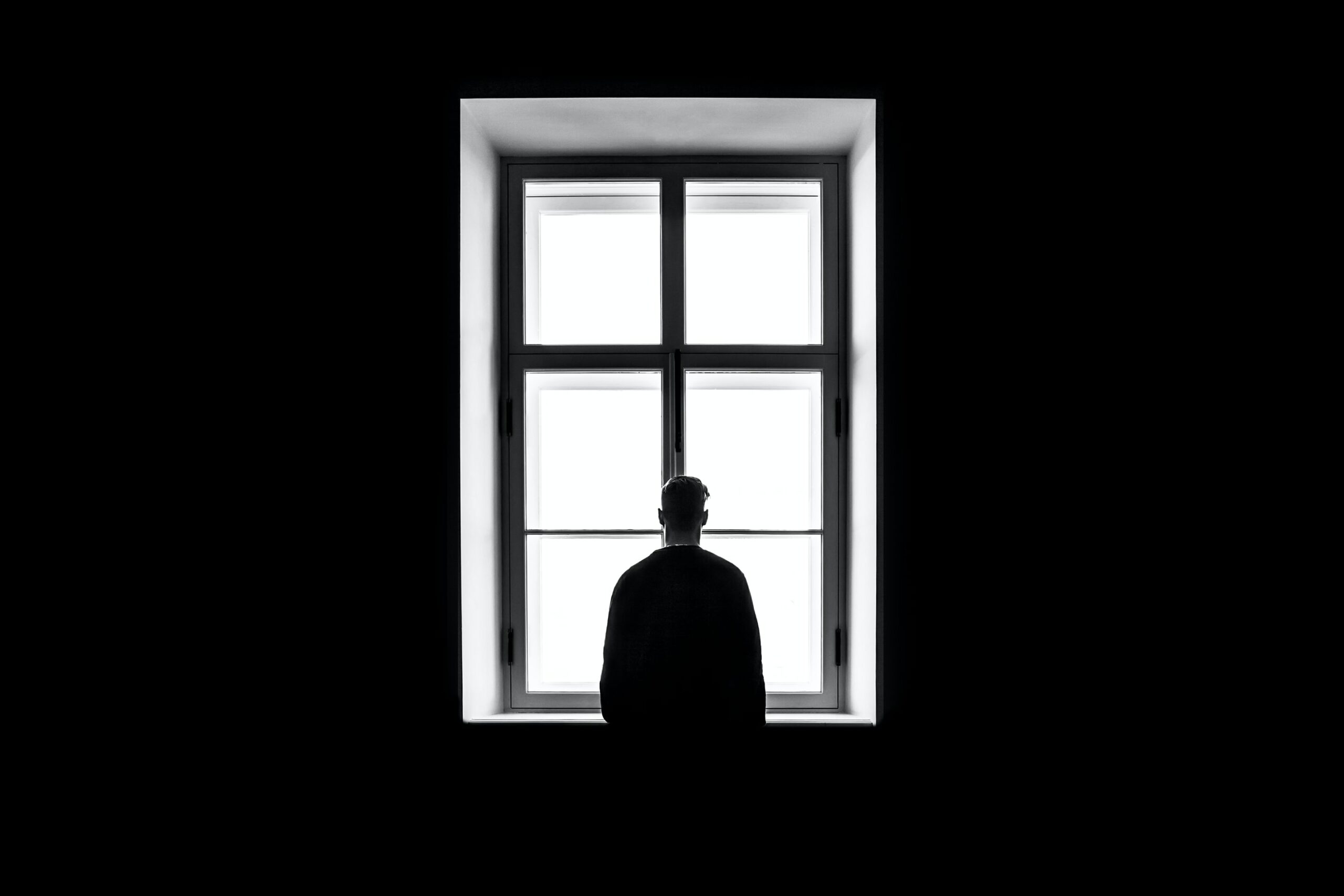The forced loneliness of coronavirus lockdowns

What is forced loneliness?
Abandonment is nasty and that’s why isolation makes for a terrific horror plot. Few tropes drive fearsome suspense more than extended isolation in a log cabin situated in the mountains or being trapped on a spaceship. The isolated characters in The Shining, The Thing and at the end of the classic The Blair Witch Project are pretty much in psychological pain even before physical pain arrives. Moreover, isolation is used in real life for punishment in the form of solitary confinement1. COVID-19 has changed our perspective on isolation. It’s now deemed important for the individual, as well as societies around the world, to undergo a lockdown to protect public health. However, seeing that isolation is there to terrify, both figuratively in movies and literally in correctional facilities, this measure comes at a price.
Yet, we have only a few clues to give us the price estimate.There are a couple of notable studies looking at the recent epidemics of MERS in South Korea2 and the Arab Peninsula3. Research suggests that people experiencing social isolation showed higher stress and anxiety, craving of company and desire to socially reconnect. Some quarantined hospital staff and self-isolating people even showed signs of post-traumatic stress disorder (PTSD)4. Some more explorative work concluded that individuals experienced estrangement from others and stigmatisation. A few reported that they were perceived as “impure” (by themselves or others) or were thought to still be infected even long after their illness was gone.
There are several neuroscientific studies which identify key brain areas involved in these experiences. Some of the areas are responsible for emotional responses to other people or the desire to connect with them. Others for carrying out basic movements and avoidance of dangerous places. The studies show that these complex functions often require the coordinated action of an automated social brain pathway, along with a rational pathway to “think through decisions”. The latest research suggests that a disbalance between the two is at the core of the resulting health risks. These include increased stress levels and inflammation resulting in lower immune system strength, tissue and blood vessel damage, and disruption to relationships.
Other researchers track changes in blood flow through the brain using a method called functional magnetic resonance imaging (fMRI). They found that a part of the parietal cortex5 (found on the sides of the brain) processes both the social and actual distance from other people at the same time, and this may make it difficult to distinguish between social and physical spaces. If the perception of physical distance from others leads to the perception of social distance, it means that social distancing can automatically make people become distant and removed from others. In turn, social isolation in times of epidemics can produce “forced loneliness”.
Forced loneliness may lead to lower empathy. Drawing on famous research by Eisenberger6, researchers showed that pain induced by social isolation leads to indifference to people around us. Their work complements the feelings of mistrust in social interactions perceived by those who had to distance themselves during a recent MERS outbreak7. Furthermore, those perceived and treated as dangerous (like COVID-infected people) may respond by showing avoidant and outwardly unpleasant behaviour. As a result, people are less keen to help them. This shows that epidemics leave infected people feeling stigmatised and abandoned, potentially leading into a spiralling pattern of isolation, appearing hostile and ending up even more isolated.
Yet, psychology also tells us that most vulnerabilities can have a silver lining. One study looked at the impact of perceived loneliness on significant relationships through measuring their hormonal levels. The findings suggest that we’ll begin to actively seek those closest to us to cope with adversity. Whilst complete lack of social contact is likely to lead to more stress, a healthy dose of solitude can help us rediscover how precious and important some of our nearest truly are.
Three risks and how to avoid them
So, what are the main signs that we are beginning to suffer from lockdown loneliness? Recent studies indicate three main risk areas and ways to mitigate them.
A decrease in empathy can result in long-term reduction in quality of relationships. However, the presence of family members and partners could partly reverse the disbalance that social isolation causes in our two neural networks.
Isolation can lead to oversensitivity to stress and rumination on risks to health and other threats. We can become overly sensitive to any upsetting social situation. Such stress can lead to inflammation of the immune system and reduced ability to resist infection. It can even slow down our generation of new brain cells. Simply put, we don’t want that. To stay healthy, it can be helpful to remember that we are all in a lockdown situation. We can try to accept that it’s normal for those under lockdown to have a worse time socialising. In many ways, all people in lockdown are in the same boat. Perhaps acknowledging this shared social vulnerability caused by the lockdown can be a way to reconnect more effectively.
Decision-making may also change due to social disbalance. The aforementioned parietal cortex is also responsible for assessing risk and can issue commands to adjust to that risk. Our natural social contact craving mechanisms may further disbalance decision-making, and people may struggle to estimate the risks of social contact during an epidemic.
Poor decision-making may also lead to an increase in displays of public aggression wherever frustration from a long lockdown builds up. This should again lead to self-reflection. We should remember not to act too impulsively and allow ourselves extra time, even just an extra five seconds, to think through a decision. Although this may seem like a brief moment, it can be a huge investment into our mental health in the long-term.
Although social distancing can help to decrease risks to physical health, we must not forget mental health. Socialising and seeing other people outside of the context of living spaces is an absolutely necessary aspect of human life. On the one hand, we are trying to remain in control of the situation and fulfil basic physical needs. However, due to a lack of empathy, feelings of distance and worse social decision-making, we can grow distant from each other and end up with poorer health overall.
Perhaps paradoxically, a measure which has undoubtedly protected health can also make it more vulnerable as a side effect. As the current global pandemic unfolds, we can expect to see not only short-term adverse effects on public health but also long-term psychological costs which carry with themselves a dear mental health bill. These prospects themselves could make for a horror plot.
This article was specialist edited by Katrina Wesencraft and copy-edited by Kirstin Leslie.
References
- www.psychologytoday.com/intl/blog/brain-chemistry/201902/the-effects-solitary-confinement-the-brain
- www.who.int/westernpacific/emergencies/2015-mers-outbreak
- www.cdc.gov/coronavirus/mers/index.html
- https://www.mayoclinic.org/diseases-conditions/post-traumatic-stress-disorder/symptoms-causes/syc-20355967
- https://journals.plos.org/plosone/article?id=10.1371/journal.pone.0004360
- https://www.edge.org/conversation/naomi_eisenberger-why-rejection-hurts
- https://www.ncbi.nlm.nih.gov/pmc/articles/PMC5177805/









